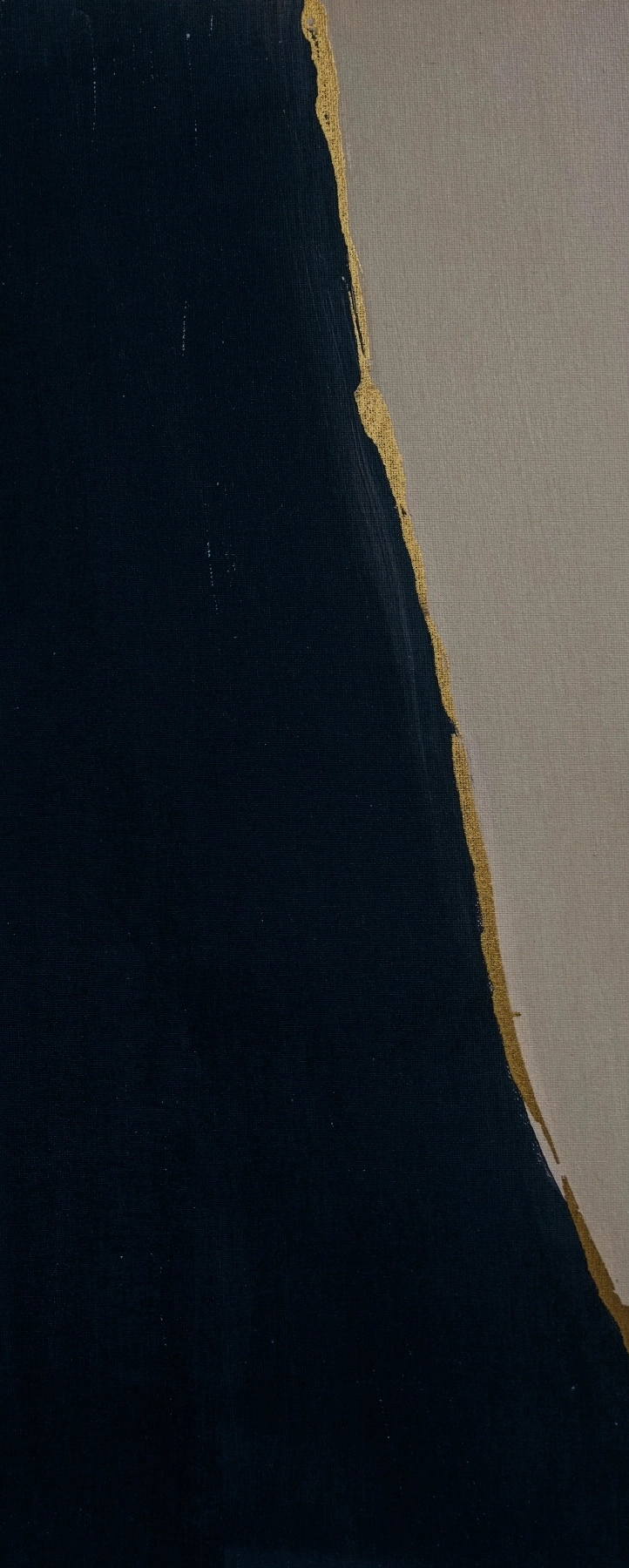Extremely knowledgeable and friendly. Dr. Dhir takes the time to listen and address all issues, concerns and thoroughly goes over all treatment options. Guy reallly knows his stuff. Thanks.
Is it right for you?
Urethral Stricture Candidates
All patients diagnosed with a urethral stricture must seek prompt treatment to prevent complications such as bladder damage or urinary retention. Urinary retention is a painful complication where the bladder can no longer empty – a catheter is placed to drain the bladder from the urethra or via a hole in the abdomen (suprapubic catheter).
It is important to undergo prompt testing if symptoms are present to confirm the diagnosis. Surgical solutions are readily available.




